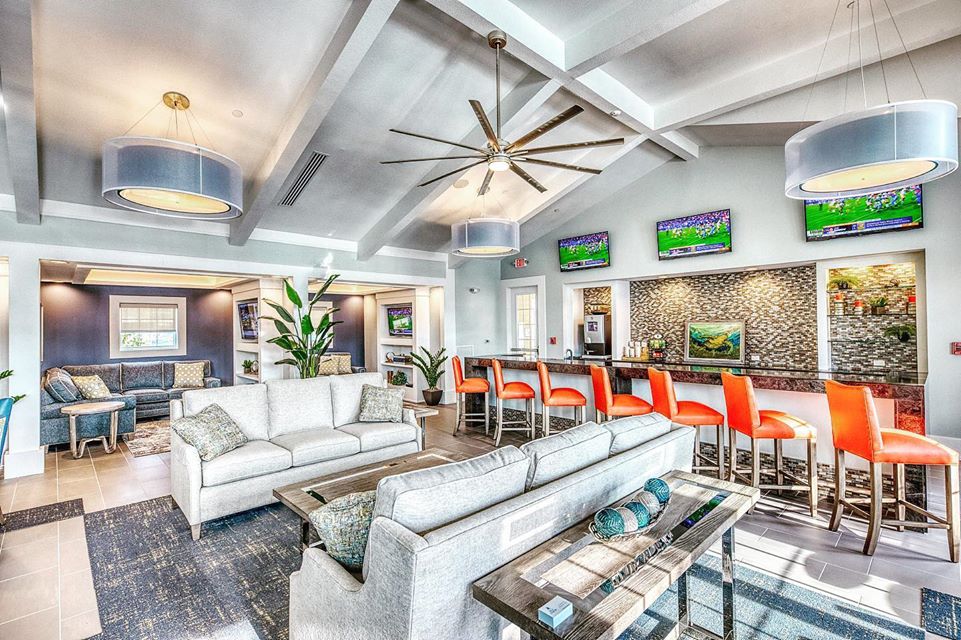
Contemporary Elegance: Unveiling Modern Design Trends

Embracing the Zeitgeist: Contemporary Elegance through Modern Design Trends
In the ever-evolving world of design, staying abreast of modern trends is key to creating spaces that reflect current aesthetics and sensibilities. Explore the latest modern design trends that bring a touch of contemporary elegance to your living spaces.
Simplicity and Minimalism: The Enduring Appeal
Simplicity and minimalism continue to dominate modern design trends. Clean lines, uncluttered spaces, and a focus on essential elements define this aesthetic. Embracing minimalism allows for a sense of calmness and sophistication, making spaces feel open, airy, and timeless.
Biophilic Design: Connecting with Nature
Modern design is increasingly incorporating biophilic elements to foster a connection with nature. This trend integrates natural materials, abundant greenery, and ample natural light into interiors. Creating spaces that mimic the outdoors enhances well-being and brings a refreshing and organic feel to contemporary living.
Bold Colors and Contrasts: Making a Statement
While minimalism remains prevalent, there is a growing trend towards incorporating bold colors and contrasts. Designers are experimenting with vibrant hues, statement furniture pieces, and contrasting textures to add visual interest and personality to modern spaces. This infusion of boldness injects energy and character into the design narrative.
Mixing Materials for Texture: Adding Dimension
Modern design trends embrace the artful mixing of materials to introduce texture and depth. Combining materials like wood, metal, glass, and stone creates a multidimensional effect, making spaces visually engaging. This approach adds richness to interiors, elevating the overall design aesthetic.
Smart Technology Integration: Seamless Living
In the age of smart living, modern design is increasingly incorporating seamless technology integration. From smart home systems to innovative appliances and connected devices, designers are finding creative ways to blend technology with aesthetics, providing a streamlined and convenient living experience.
Flexibility and Multifunctionality: Adapting to Lifestyles
Adaptable and multifunctional design solutions are gaining prominence in modern interiors. As lifestyles evolve, spaces need to be versatile. Furniture with multiple functions, modular layouts, and flexible spaces cater to the dynamic needs of modern living, ensuring that spaces can adapt to various activities and preferences.
Sustainable and Eco-Friendly Choices: Responsible Design
The shift towards sustainability is influencing modern design choices. Designers are opting for eco-friendly materials, energy-efficient systems, and sustainable practices. Creating spaces that minimize environmental impact aligns with the growing awareness of responsible design and the importance of preserving our planet.
Curved and Organic Shapes: Softening the Lines
A departure from sharp angles, modern design trends are embracing curved and organic shapes. From furniture to architectural elements, these softer forms bring a sense of fluidity and comfort to spaces. Curves add a touch of elegance and playfulness, contributing to a more inviting atmosphere.
Personalized and Artful Details: Expressing Individuality
Modern design encourages the incorporation of personalized and artful details. From custom furniture pieces to unique artwork and accessories, infusing spaces with elements that reflect the individuality of the inhabitants is a key trend. This personalized touch adds character and warmth to modern interiors.
To explore and incorporate these modern design trends into



